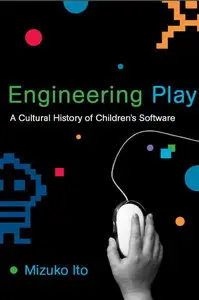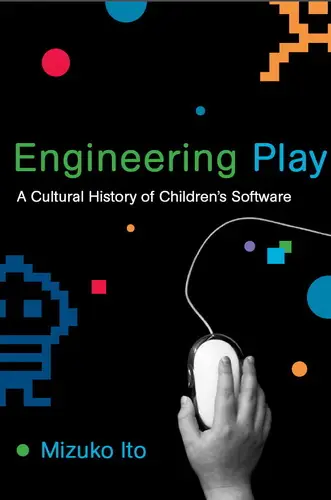Engineering Play: A Cultural History of Children's Software (John D. and Catherine T. MacArthur Foundation Series on Digital Media and Learning) By Mizuko Ito
Publisher: The MIT Press 2009-10-30 | 224 Pages | ISBN: 0262013355 | PDF | 1.8 MB
Publisher: The MIT Press 2009-10-30 | 224 Pages | ISBN: 0262013355 | PDF | 1.8 MB
Today, computers are part of kids' everyday lives, used both for play and for learning. We envy children's natural affinity for computers, the ease with which they click in and out of digital worlds. Thirty years ago, however, the computer belonged almost exclusively to business, the military, and academia. In Engineering Play, Mizuko Ito describes the transformation of the computer from a tool associated with adults and work to one linked to children, learning, and play. Ito gives an account of a pivotal period in the 1980s and 1990s, which saw the rise of a new category of consumer software designed specifically for elementary school aged children. "Edutainment" software sought to blend various educational philosophies with interactive gaming and entertainment, and included such titles as Number Munchers, Oregon Trail, KidPix, and Where in the World Is Carmen Sandiego?.
Drawing from observations of kids' play, interviews with software developers, and advertising and industry materials, Ito identifies three educational philosophies and genres in children's software that connect players in software production, distribution, and consumption: instruction, focused on transmission of academic content; exploration, tied to open-ended play; and construction, aimed at empowering young users to create and manipulate digital media.
The children's software boom (and the bust that followed), says Ito, can be seen as a microcosm of the negotiations surrounding new technology, children, and education. The story she tells is both a testimonial to the transformative power of innovation and a cautionary tale about its limitations.
John D. and Catherine T. MacArthur Foundation Series on Digital Media and Learning





